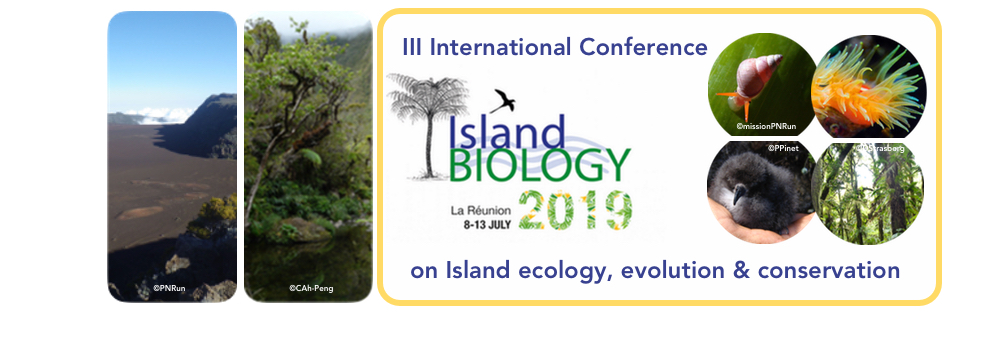The Comoros is an archipelago of four major oceanic islands in the Western Indian Ocean. Unlike Hawai'i, the Canaries, the Galápagos, and most other oceanic archipelagoes, the fauna of the Comoros remains poorly studied despite its high diversity and endemism. Today, reptiles may be the best-studied animal group of the Comoros. Reviewing my work of the last decade, I highlight the various biogeographic connections of the archipelago and the different colonization mechanisms of the past. Most reptile clades colonized the Comoros from the Northern tip of Madagascar, where the fast-flowing North-East Madagascar Current acts as an overseas dispersal 'conveyor'. The ancestors of other species of reptiles colonized the Comoros from central western Madagascar, continental Africa, or the Eastern Indian Ocean. In addition to common intra-archipelago dispersal and speciation, I present possible evidence of several extinction events followed by, or following, (re-)colonization by closely related lineages from Madagascar. In the Ebenavia inunguis species complex of geckos, the clade inhabiting the three western islands of the Comoros is sister to all other extant lineages. Its estimated age is substantially older than the extant islands of the archipelago (13–20 vs. ca. 11 million years). Furthermore, the two species of frogs from the Comoros are among the comparatively few unambiguous examples of amphibian species endemic to oceanic islands. Finally, I present recent advances in species conservation and the results of an atlas of the distribution of the reptiles and amphibians of the Comoros Archipelago.

|
|
|
|
The forgotten hotspot: a decade of research into the herpetofauna of the Comoros Archipelago
1 : Zoologische Staatssammlung
(SNSB-ZSM)
Muenchhausenstr. 21, 81247 Munich -
Germany
|
| Online user: 30 | RSS Feed |

|
 PDF version
PDF version